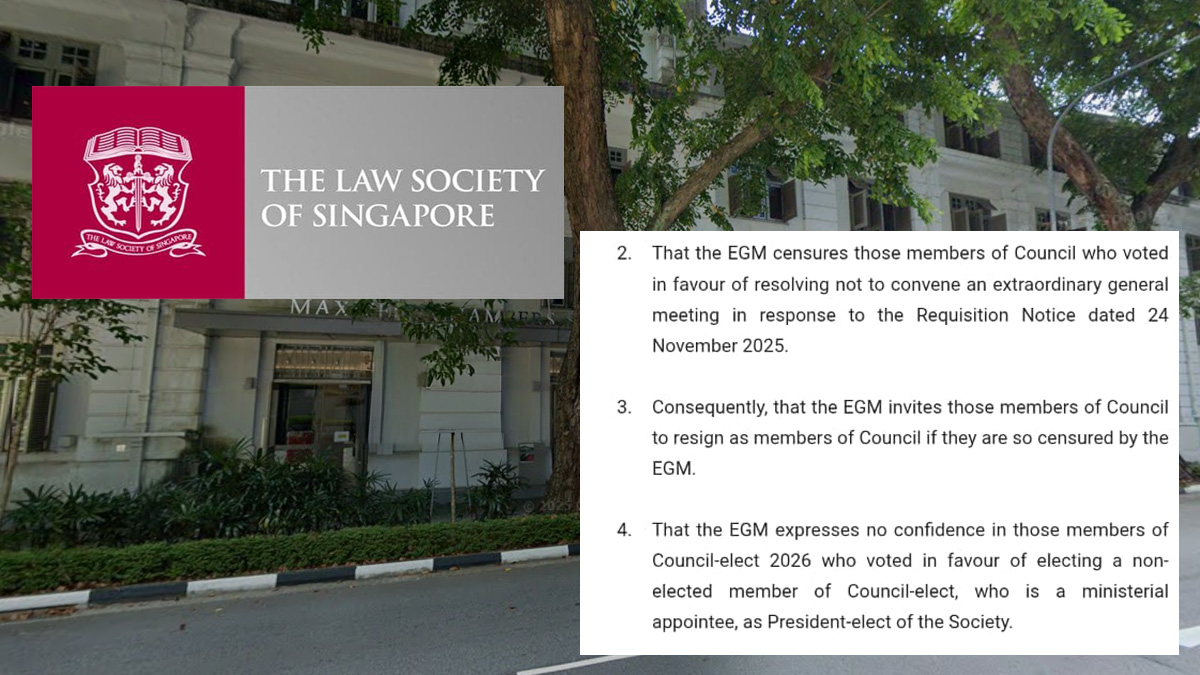Singapore woman saved from $149,000 scam after swift action by MariBank and police
A 55-year-old woman in Singapore narrowly avoided losing S$149,000 after scammers posing as officials tricked her into transferring funds. Prompt intervention by MariBank and the Anti-Scam Centre recovered S$49,000 and prevented further losses.

- A 55-year-old woman nearly lost S$149,000 after scammers posed as officials, but MariBank and the Anti-Scam Centre intervened.
- S$49,000 was recovered, and further losses of about S$100,000 were prevented.
- Police warn impersonation scams remain a serious threat, with over S$151 million lost in 2024 alone.
A 55-year-old woman in Singapore narrowly escaped losing S$149,000 to fraudsters posing as government officials, police confirmed on 10 June 2025.
The scam began in May when she received a phone call alleging her credit card had been misused. The caller, claiming to be a bank officer, said unauthorised purchases had been made in China.
When she denied involvement, the call was transferred to another scammer who posed as a police officer. He falsely claimed she was under investigation for money laundering and threatened her with 60 days’ detention if she failed to cooperate.
Transfer of funds
Fearing arrest, the woman complied with their instructions. On 24 May, she transferred over S$49,000 to an account with MariBank, a digital bank owned by Sea Limited.
The scammers falsely assured her that the transfer would not affect her account balance.
MariBank’s monitoring systems flagged the transaction as suspicious. The bank immediately alerted the Anti-Scam Centre (ASC), which engaged the victim directly. Officers convinced her she had fallen prey to scammers and prevented her from transferring a further S$100,000.
Swift intervention
Police said the coordinated response between MariBank and ASC allowed for the recovery of the transferred S$49,000.
“The swift actions of our officers and the vigilance of MariBank prevented a larger financial loss and safeguarded the victim’s funds,” the Singapore Police Force stated in its news release.
Ongoing risk of impersonation scams
Authorities emphasised the continuing prevalence of scams involving fraudsters impersonating officials. According to the Singapore Police Force’s Annual Scams and Cybercrime Brief 2024, there were 1,504 reported cases of such scams last year, leading to at least S$151.3 million in losses.
Victims aged between 50 and 64 formed the largest group, making up 28.6 per cent of cases. Most scams began with unsolicited phone calls or WhatsApp messages.
Public advisory
The police urged members of the public to take precautionary measures. These include enabling international call blocking on mobile devices, using multifactor authentication for online accounts, and activating the ‘Money Lock’ feature on bank accounts to protect savings.
Authorities also advised the public never to disclose personal details—such as SingPass credentials, CPF information, internet banking logins, or One-Time Passwords (OTPs)—to unknown parties.
Transaction alerts from banks should be carefully monitored. Suspicious claims should always be verified through official sources, such as the ScamShield Helpline at 1799 or the website www.scamshield.gov.sg.
Individuals who believe they may have been targeted should immediately contact their banks to block unauthorised transactions and file a police report. Suspect accounts or chat groups should also be reported.
Broader response to scams
The Singapore government has prioritised scam prevention as a national concern. Initiatives such as ScamShield, public awareness campaigns, and partnerships with financial institutions aim to strengthen defences against fraud.
Financial institutions are also deploying enhanced monitoring systems to detect suspicious transfers, similar to the one that flagged the recent case. These systems are supported by real-time collaboration with ASC to enable swift intervention.
Cybersecurity experts highlight the importance of continued education to reduce vulnerability among middle-aged and elderly citizens, who are disproportionately affected by such scams.








0 Comments